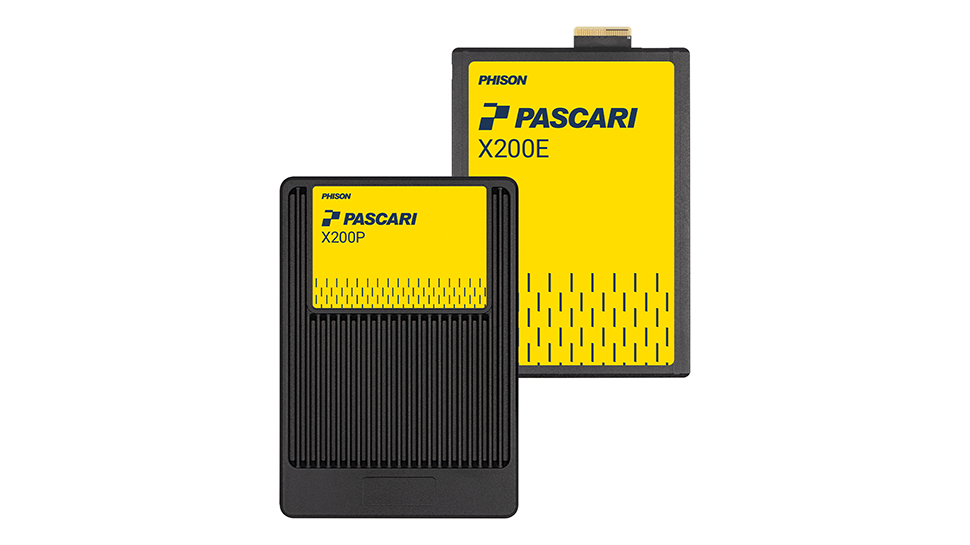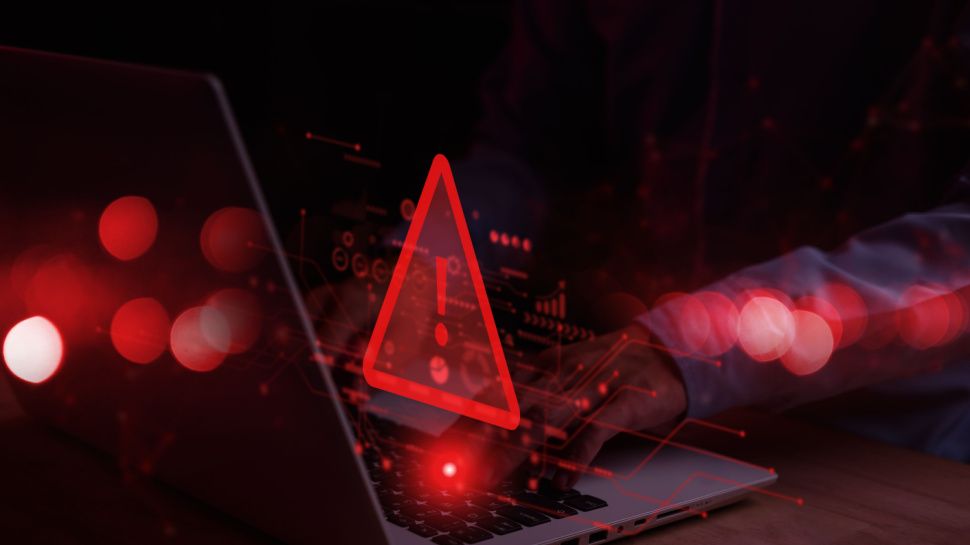In the early 2000s, free antivirus software began offering decent protection for casual users, which led countless people to wonder if paying for an AV was really necessary.
The dilemma spoke even more when Microsoft Defender (then Windows Defender) evolved in a complete antivirus in the 2010. Why would anyone pay for such an application when Windows already has a incorporated?
I fear that the answer is not so direct. The problem has evolved over the years, focusing more on additional characteristics instead of core protection, regardless of how solid it can be without cost. In addition, Freebie Antivirus software comes with a kind of small printing, which is just a point in favor of the best antivirus software.
Free but with attached ropes
There is no free antivirus software shortage available for mobile and desktop devices, so you have a large selection to choose from. However, that in itself is a danger, since the darkest efforts could represent a serious risk for their privacy and/or security.
To begin with, certain suppliers participate in what can be better described as problematic practices, such as associating with other companies, sometimes even adware distributors or low reputation discharge portals. This leads to grouped facilities of unwanted software such as browser tool bars, virtual private networks (VPN) or applications of third parties of incomplete sources.
In some cases, free AVs can use fear tactics, such as showing deceptive safety warnings marking a perfectly good software to boost a pay. A more benign version is an exaggerated threat reports to be updated, or push notifications or advertisements always persistent to change to “complete protection”. These actions are not necessarily malicious, but they are harmful and are not very reliable.
Then, there is the issue of data collection and user privacy, or the lack of it, to be more precise. It is common for free antivirus suppliers to win money with their applications collecting and selling user data, including navigation history, the use of the application, device data, etc. While this is generally anonymized and disseminated in the privacy policy, most users do not realize what they agree.
It is important to keep in mind that not all free antivirus suppliers behave in this way. Even so, the fact is that the lowest input barrier and the need to monetize in some way a free product are often the reasons for questionable behavior.
Then, the key is to separate the wheat from the straw and choose a good reputation provider. That should not be a problem like AVAST, AVG, Bitdefender and others offer an alternative at no cost to their premium offers.
Once you settle for a gift, you will quickly learn that what you are treating is basic. Yes, you will get a protection good enough for your device or two at no financial cost, but the operational word here is basic because the paid applications go well above the essential.
In general, it will obtain the detection of central malware, while advanced characteristics such as integrated firewalls, ransomware protection and, in general, the most comprehensive web security will require opening its wallet.
Of course, how much will have to bifurcated depends on the range of products you are seeing, but it cannot be denied that a good part of the valuable extras is full of premium antivirus applications.
Beyond the basics
The point is that pay antivirus solutions have evolved considerably beyond simple virus detection. In these days, they are integral security suites designed to deal with the panorama of multifaceted and evolving threats. As such, they offer a defense in layers that extends far beyond what their free counterparts are capable.
A key distinction is found as a comprehensive set of characteristics. While free antivirus often lacks a Firewall, the paid versions integrate advanced firewalls and network protection as part of their final point protection efforts. These act as digital guardians, monitoring and filtering the traffic of incoming and outgoing networks to block external intrusions, thus complementing the main role of scan antivirus for internal threats.
Many top -level security suites also group VPN in their offers to provide a privacy and safety layer masking the IP address of a user and the web activity. If you have ever connected to a public Wi-Fi network that may or may not be assured, you know how crucial it can be a VPN.
As part of the package, you will routinely find safe browsers designed for sensitive activities such as online banking (for example, the excellent Bitdefender Safepay). These work within an isolated Sandboxed environment, preventing malicious websites or links from infecting the user's device. Each navigation session within this virtual environment is generally eliminated at the end, eliminating any malware found during that session.
In addition, the inclusion of password administrators helps to generate, store safely and administer complex and (preferably) passwords that are very necessary today. These tools significantly decrease the risk of credentials, an initial common access point for attackers. For families, some form of parental controls is often a standard feature, which allows parents to administer the children's online content, block inappropriate websites and implement screen time limits.
Increasingly, Premium Antivirus suppliers have extended protection for identity theft protection, offering web and dark credit monitoring, and identity robbery insurance to search for compromised credentials and provide restoration services.
The grouping of these various services reflects the interconnected nature of modern threats and the need for a more comprehensive security posture, thus safeguarding most of the attack vectors. This integrated approach offers a holistic defense while simplifying security management at the same time.
Advanced threat protection
When it comes to basic virus and malware detection, free versions can be as effective as pay, since they largely use the same central scan engine. That said, it could be said that the most significant check in the PA paid antivirus column lies in its vanguard threat defense capabilities.
Through behavioral analysis and IA detection engines that use automatic learning models, these solutions can detect previously unknown malicious patterns in the early stages of execution. This is a critical ability to combat zero day exploits and fileless malware that is often lost detection based on the traditional firm.
When analyzing the activity of the process in real time, these systems can identify the malicious nature of a program and even the retroeded changes made by an attack, even if the malicious code is obfuscated. It is a fundamental change in the reactive detection of known threats to the proactive identification of irregular behavior and immediate remediation, where a paid antivirus represents a more intelligent and adaptive defense system capable of counteracting new and complex attacks.
Advanced solutions also offer specialized mechanisms of setback and recovery of ransomware. Many are integrated with the detection and extended response platforms (XDR), which restore encrypted files to a state prior to the attack on monitoring and continuously registering file changes. In the worst case, having this functionality at your disposal is vital for rapid recovery, minimizing inactivity time and avoiding the payment of bailouts.
For advanced phishing and defense defense, paying antivirus solutions incorporate sophisticated safeguards to protect users from deceptive electronic links and emails. Some take advantage of the AI models and the powerful neuronal processing units (NPU) within the hardware to analyze the transmission of audio and video locally, detecting content manipulated in seconds and alert users. Others use digital signatures, blockchain technology or maintain known deep catalogs to verify content authenticity.
The broader implication is that the future cybersecurity will depend more and more on a closer integration between the software and the dedicated hardware components for optimal performance and the mitigation of threats in real time.
Upper support
It may not be an obvious factor, but the paid antivirus offers better user support and, by proxy, experience (or at least one without advertisements). If something goes sideways, you can actually lift the phone or jump in a live chat to get help from real people. With free options, it is usually alone, perhaps with only a few frequent questions or a web knowledge base to guide it.
Finally, let's talk about cost. The paid antivirus is not always as expensive as I might think, even more so if it opts for a longer term subscription, since the monthly breakdown can be surprisingly low. For a high level of protection, only a few dollars per month works only, which is a fairly small investment for significant tranquility.
Is it worth the paid antivirus?
The attractiveness of “free” software is undeniable, but those quotes are there for a reason. The illusion of alternatives without cost of often masks the true cost of negligence, which can expose it to invisible risks and, ultimately, much larger financial expenses.
That does not mean that a good free AV cannot do the job. If you are really looking for the essentials, there are enough reputation suppliers (there goes that word again) that meet your needs.
But if you look at the general panorama, paying for antivirus makes a lot of sense. It will keep you much safer online, where advanced and additional characteristics can be a great victory for specific but everyday scenarios. In addition, obtaining this type of protection does not have to break the bank, since some of the best payments begin in less than a few dollars per month.








